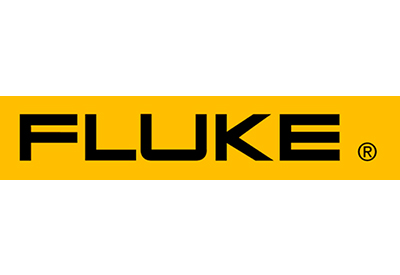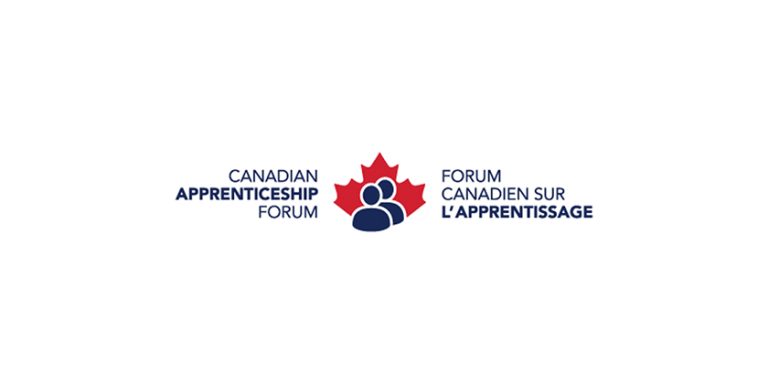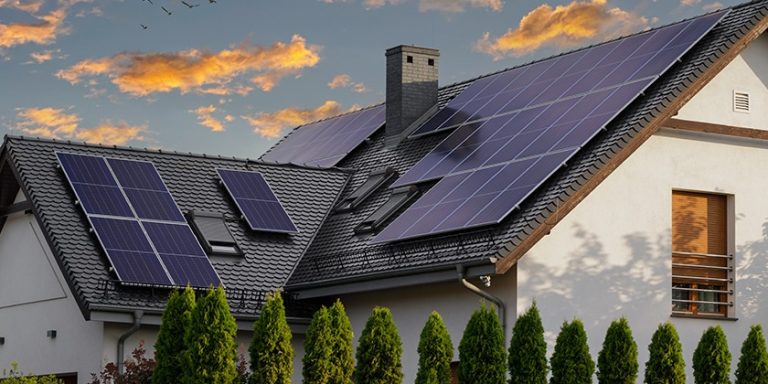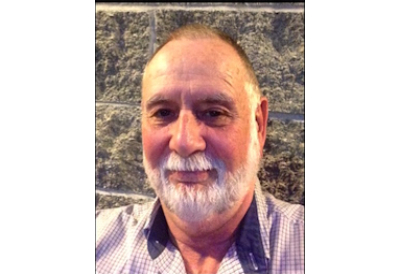IALD Launches New Manufacturing Guidelines for WELL Rating Systems
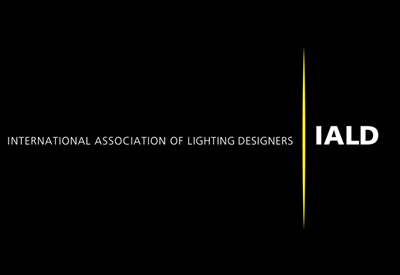
Jan 22, 2020
The International Association of Lighting Designers (IALD), the leading global association of lighting designers, in collaboration with the International WELL Building Institute (IWBI), is launching guidelines for lighting manufacturers to help lighting designers more easily determine if their designs meet the WELL Building Standard criteria. The WELL v2 pilot is the latest version of the WELL Building Standard, a rating system that focuses exclusively on the way that buildings and everything in them — including lighting — can improve our comfort and enhance our health and wellness.
“With the increasing number of projects seeking WELL certification, providing designers with the information they need in a consistent format is an important step in helping ensure that lighting products are easily and correctly specified. The IALD + The Lighting Industry Resource Council (LIRC) believe that this document accomplishes that goal,” stated Grant Harlow of Cooledge, chair of the LIRC sub-committee who led the effort in developing the guidelines.
The IALD formed the LIRC over 20 years ago to pioneer collaboration among lighting designers, manufacturers and suppliers. “IALD offers the lighting profession a means for lighting designers and lighting manufacturers to come together and collaborate through the LIRC. These guidelines are an example of how collaboration across the profession — via IALD, LIRC, and IWBI — can create solutions to current lighting challenges,” stated Ken Douglas, FIALD, IALD liaison to IWBI. Today, the LIRC compriseds over 80 global lighting and component manufacturers.
“Well-designed lighting systems can help improve productivity, support a restful night’s sleep and enhance the overall experience of being in a space,” said IWBI President Rachel Gutter. “Through WELL, and with the support of industry leaders like IALD, we aim to make it as easy as possible for designers, manufacturers and building operators to create spaces that help people thrive.”
“Alignment within the lighting industry allows people all over the world to speak the same language when creating lighting environments that can support health and well-being. I am excited to see different members of the lighting industry coming to an agreement on how to present important lighting metrics and ultimately advance product innovation,” said Gayathri Unnikrishnan, concept lead for light at IWBI.
The WELL v2 pilot was launched in 2018 and included a revised section for Light, one of the 10 concepts covered by the standard. The WELL Light concept promotes exposure to light and aims to create lighting environments that are optimal for visual, mental and physical health.
Eight features (L01-L08) comprise the Light concept and define specific technical requirements. Some of these features require documentation and validation from lighting manufacturers to assist lighting specifiers in determining if their designs will meet the criteria. The IALD + the LIRC provide guidelines for best practices on technical requirements of four features that require documentation: circadian lighting, glare, color rendering and flicker.
Over the years, the IALD has supported the continued evolution of the WELL Building Standard by participating in review processes through IWBI. Delivered by IWBI, WELL is the premier standard for buildings, organizations and communities seeking to advance human health and wellness, which includes lighting strategies, integrating daylight and electric light to focus on user needs.
View the guidelines at iald.me/2019WELLGuidelines: https://iald.me/IALDWELL
Image courtesy of JMA Wireless




